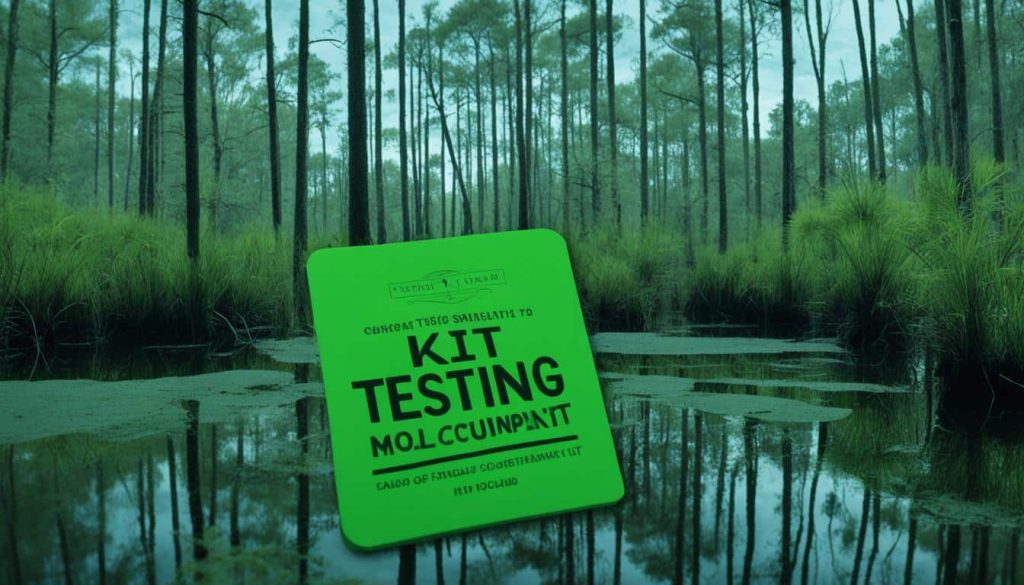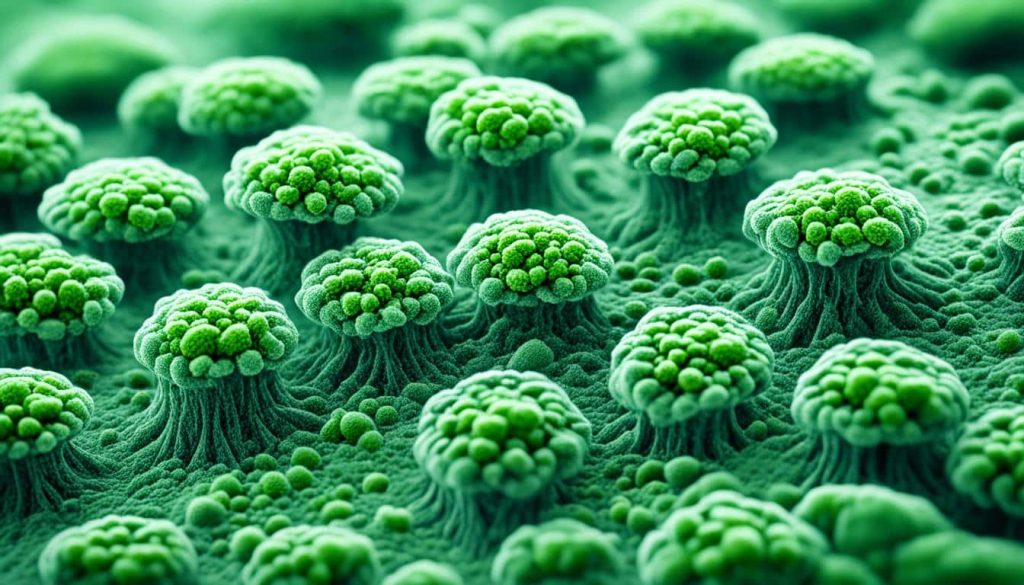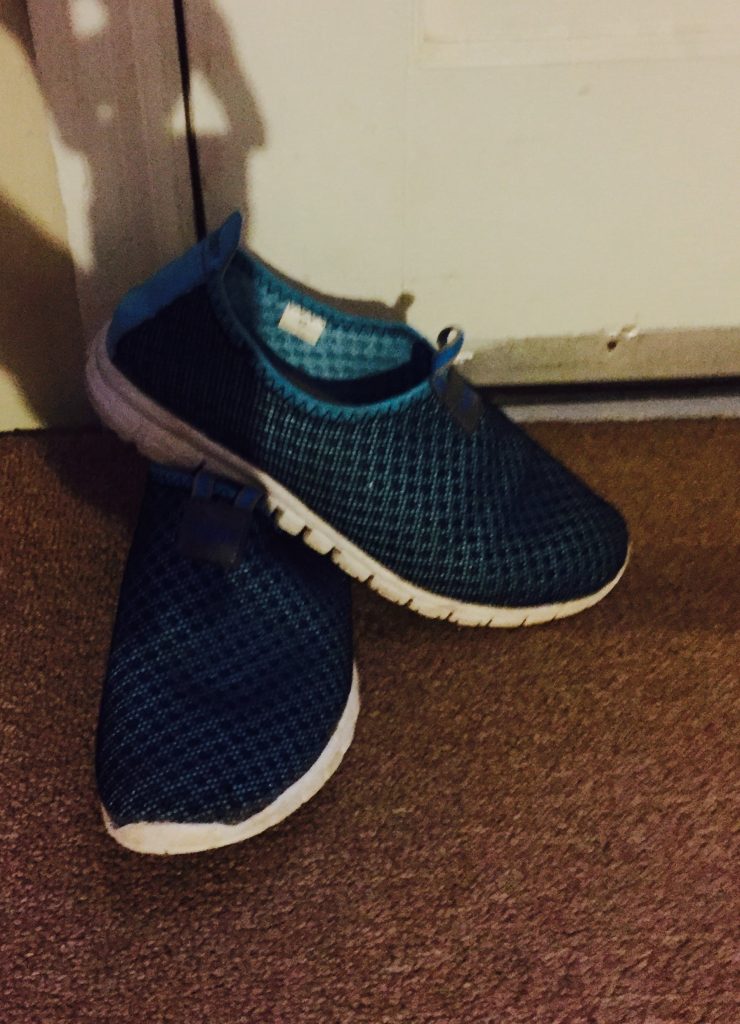How does mold get inside your home? Mold can enter your home through various routes, often without you even realizing it. One of the most common culprits is black mold (Stachybotrys), which thrives on organic materials such as wood, straw, and decaying outdoor matter. During spring in the Upstate of South Carolina, as winter loosens its grip, many people turn to their fireplaces for warmth. While this is a cozy way to heat your home, it also brings with it some risks—particularly when it comes to mold.
Array of Solutions, a trusted name in mold removal in Greenville South Carolina since 2007, stands ready to tackle your mold woes. With our expert mold inspection Greenville services and EPA-Registered credentials, we’re equipped to detect, remove, and prevent mold growth in your home or business.
Table of Contents
How Does Mold Get Inside Your Home?
Wood-burning fireplaces require a constant supply of wood, which is often stored in piles or stacks outside. Unfortunately, these wood piles can be a breeding ground for various types of mold. When logs are brought into the home, they can carry mold spores with them, potentially spreading these spores throughout your living space. Once inside, these spores can be distributed via clothing, floors, and even the air, leading to potential respiratory issues.
In addition to wood piles, mold spores can enter your home through open windows, doors, or cracks in the building structure. They can also hitch a ride on pets, clothing, or even on people coming in from outside. Mold is incredibly adaptable and resilient, which makes it easy for it to find its way inside and begin colonizing.

The Health Risks of Mold Exposure
The presence of mold in your home can have serious health implications. Common symptoms of mold exposure include respiratory distress, sinusitis, hay fever, allergy-like reactions, fatigue, flu-like symptoms, and skin irritations. Mold can impair your immune system, making it harder for your body to fend off illnesses. When mold spores become airborne, they can be inhaled, exacerbating respiratory issues and leading to chronic health problems.
Mold spores can lie dormant for extended periods, waiting for the right conditions to trigger reproduction. When these conditions arise—such as high humidity or water leaks—the mold can begin to grow and spread rapidly. The ‘fruiting bodies’ of the mold produce a musty, moldy odor that is often a clear sign of contamination. These fruiting bodies emit Volatile Organic Compounds (VOCs), which are invisible to the human eye but contribute to the unpleasant smell and potential health risks associated with mold.
Identifying Mold in Your Home
Detecting mold early is crucial to preventing more serious problems. One simple method to check for mold is to monitor unusual spots with a sticky pad or piece of tape. If these spots grow or increase in size, it’s essential to take action. Mold can often be identified on almost any surface, including glass, and may appear as discoloration or fuzzy growths.
If you suspect mold in your home, or if you or your loved ones are experiencing symptoms related to mold exposure, it’s important to consult an environmental expert. Professional testing can provide a comprehensive assessment of your home’s mold situation and help you address any issues before they become more severe.

Taking Action
At Array of Solutions, we are committed to helping homeowners in the Greater Greenville area maintain a healthy living environment. We are currently offering in-home mold testing for just $150 through April. This affordable service can provide you with peace of mind and help ensure that your home is free from harmful mold contaminants.
If you’re dealing with symptoms of mold exposure or simply want to check the air quality in your home, don’t hesitate to reach out. Call Douglas today at 864-710-6413 for expert advice and thorough testing. Remember, identifying and addressing mold early can protect your health and preserve the integrity of your home.

